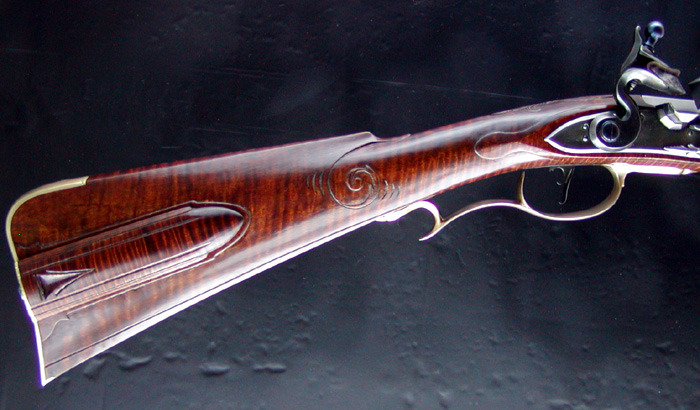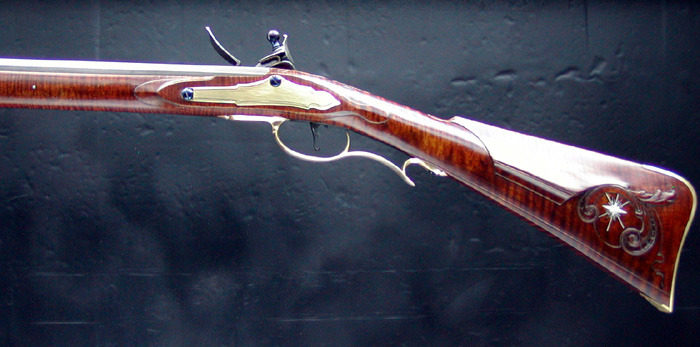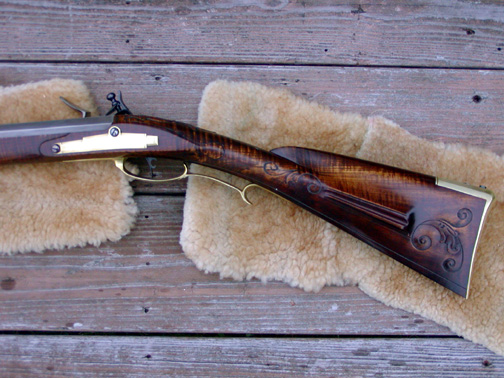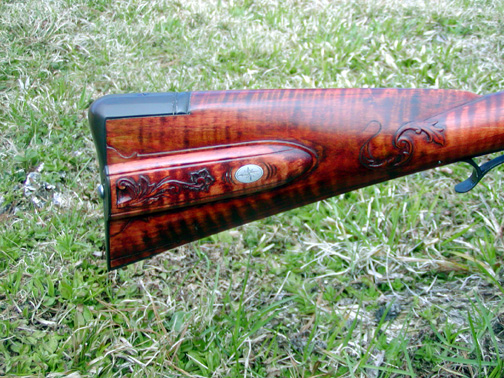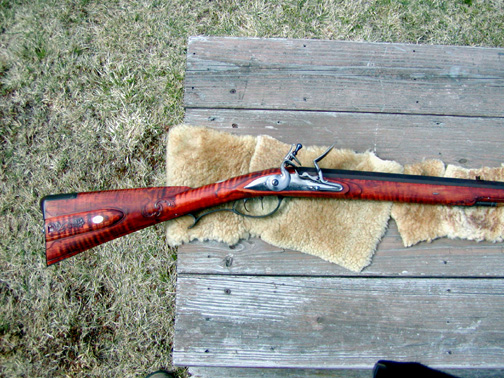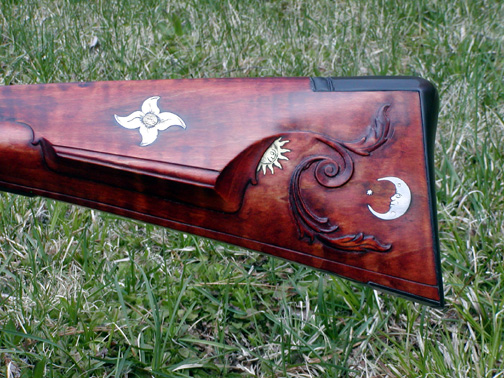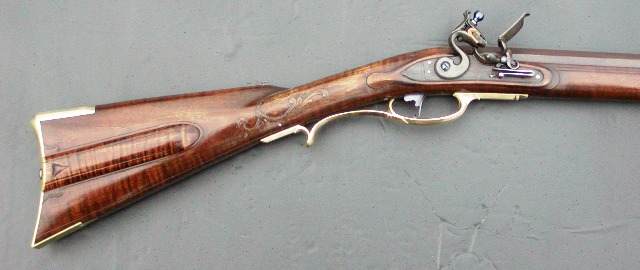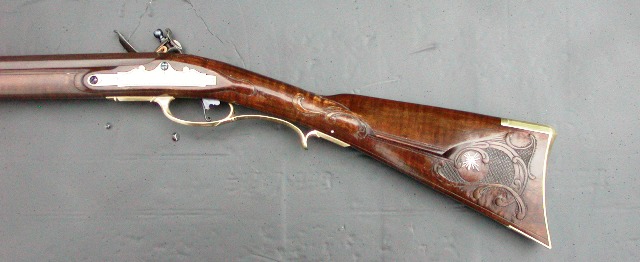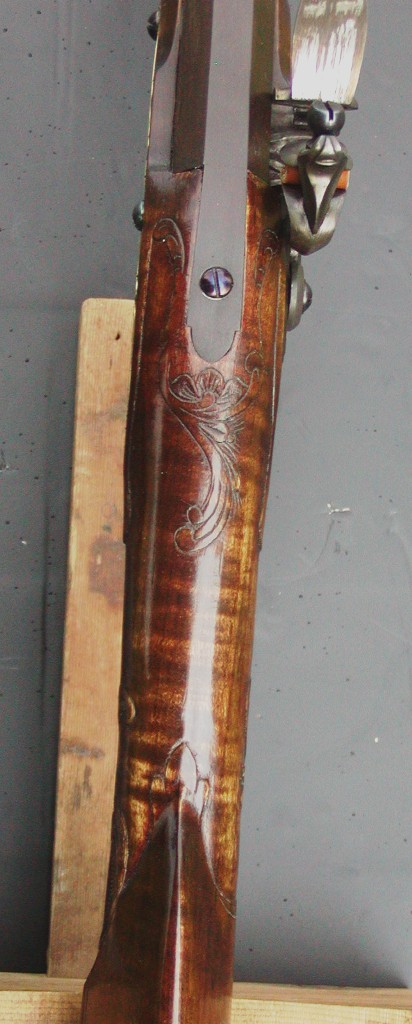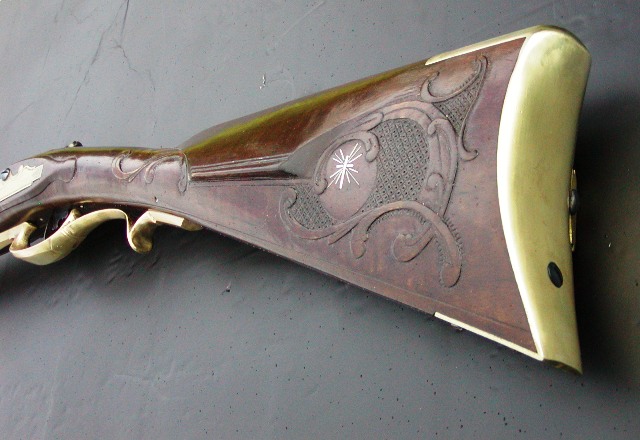Michael Ford
.45
Hi Guys
I am a Muzzleloader from the UK and have a burning desire to build myself a traditional American Plains/Long Rifle from a kit maybe from TOTW but cannot find any books in the UK with the history of these guns. I would like to do my research before I decide which model to build, whether a Kentucky or a Bedford or a Hawken etc etc. Any help you guys can give me would be appreciated?
I am a Muzzleloader from the UK and have a burning desire to build myself a traditional American Plains/Long Rifle from a kit maybe from TOTW but cannot find any books in the UK with the history of these guns. I would like to do my research before I decide which model to build, whether a Kentucky or a Bedford or a Hawken etc etc. Any help you guys can give me would be appreciated?





